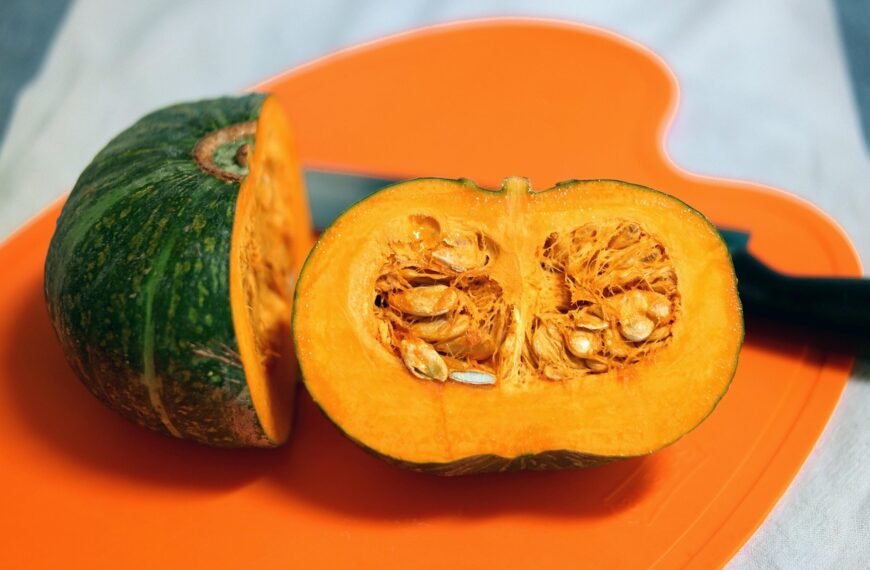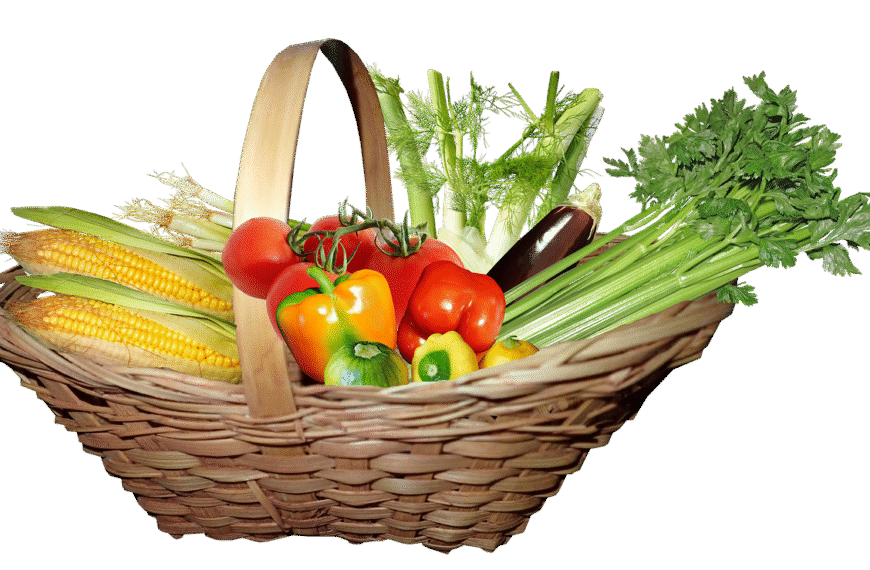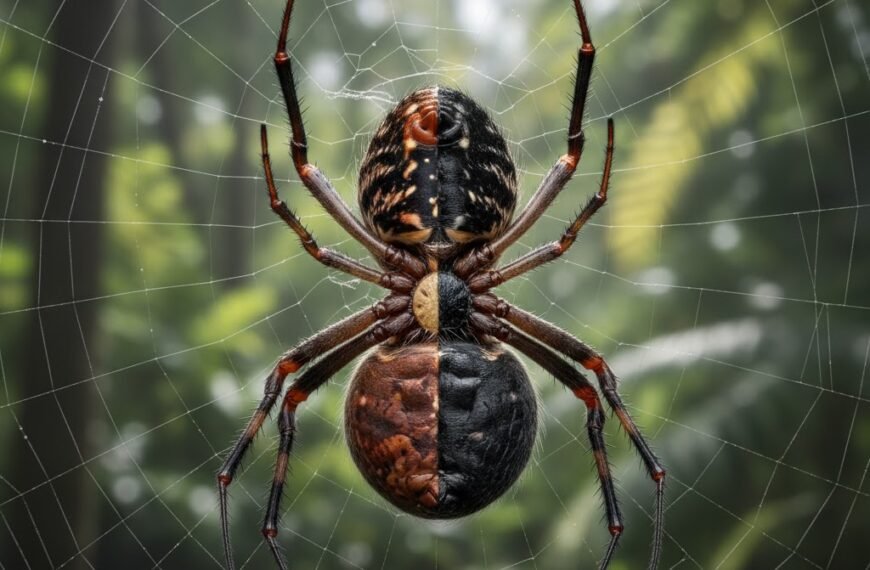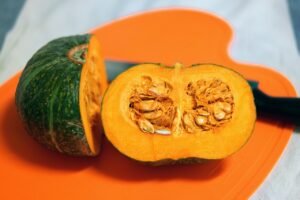As droughts become more frequent and severe due to climate change, scientists are turning to an unlikely hero: resurrection plants. These remarkable plants can survive months without water, appearing dead and brittle, only to spring back to life within hours of receiving rain. Researchers believe their unique genetic traits could hold the key to creating drought-resistant crops, ensuring food security in a warming world.
What Are Resurrection Plants?
Resurrection plants are a small group of flowering plants that can survive extreme dehydration. While most plants die after losing 10-30% of their water, these plants can tolerate over 95% water loss. When water returns, they regreen and resume photosynthesis within hours. Found in rocky, arid regions of South Africa, Australia, and South America, these plants have independently evolved similar survival strategies, almost as if they share an ancient genetic toolkit for drought resistance.
How Do They Survive?
Resurrection plants replace lost water with sugars like sucrose, turning their cells into a glass-like substance that slows chemical reactions. This process, called vitrification, is also used by hardy creatures like tardigrades. The plants also deconstruct their photosynthetic machinery and produce protective proteins to preserve their cells. These adaptations allow them to enter a dormant state and revive when conditions improve.
Why Are They Important for Agriculture?
With climate change making droughts more unpredictable and severe, traditional crops like wheat, maize, and rice are struggling. Droughts in 2023 alone caused $16.6 billion in crop losses in the US. By 2100, large parts of sub-Saharan Africa and South America could become unsuitable for farming due to drought.
Resurrection plants offer a potential solution. Scientists like Jill Farrant, a professor at the University of Cape Town, are studying their genes to create drought-resistant crops. The goal is to activate dormant genetic pathways in crops that already exist in their seeds, allowing them to survive dehydration without compromising yield.
Challenges and Breakthroughs
Introducing drought resistance into crops is no easy task. While genetic modification using CRISPR technology is a promising approach, it raises concerns about yield and unintended side effects. However, recent studies suggest that many of the genes needed for desiccation tolerance are already present in crop seeds—they just need to be activated.
In 2018, researchers successfully introduced a gene from the resurrection plant Xerophyta viscosa into sweet potatoes, making them more resilient to drought. Similar experiments have shown promise in other plants like tobacco and Arabidopsis thaliana.
The Role of Microbiomes
Beyond genetics, scientists are exploring the role of root microbiomes in drought tolerance. Resurrection plants like Myrothamnus flabellifolia host unique bacteria and fungi that may help them survive extreme conditions. Transferring these microbial communities to crops could offer a simpler, non-genetic way to boost drought resistance.
Teff: A Glimpse into the Future
One of the most promising candidates for drought-resistant crops is teff, a gluten-free cereal grown in Ethiopia. Teff has a close relative, Eragrostis nindensis, which is a resurrection plant. By studying the differences between the two, scientists hope to identify and reintroduce lost drought-resistance genes into teff, creating a more resilient crop.
A Sustainable Future
While drought-resistant crops may have slightly lower yields, they offer a lifeline for subsistence farmers in drought-prone regions. As Farrant puts it, “They might have a low yield, but the farmer has a crop, regardless of whether it rains in 10 days or two years.”
Resurrection plants remind us that nature often holds the solutions to our greatest challenges. By unlocking their secrets, we can build a more sustainable and resilient agricultural system for the future.






















